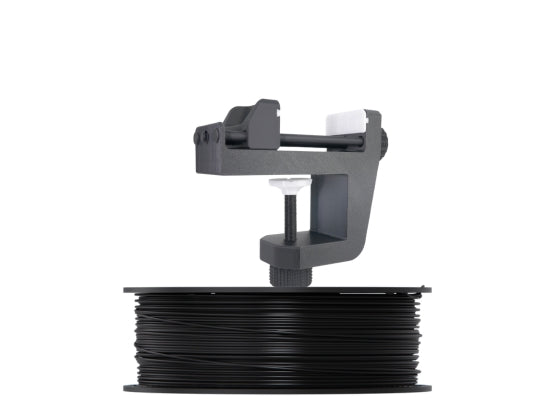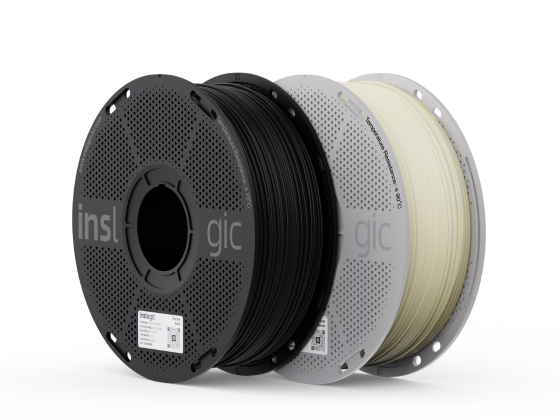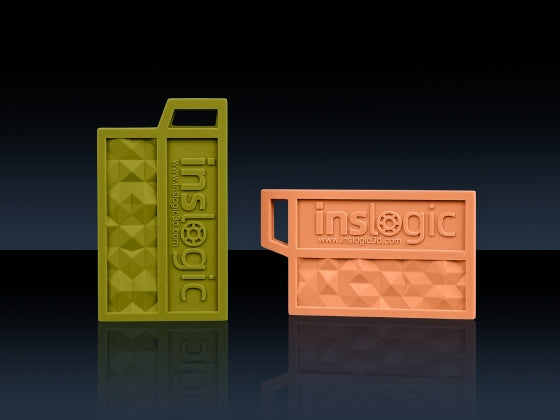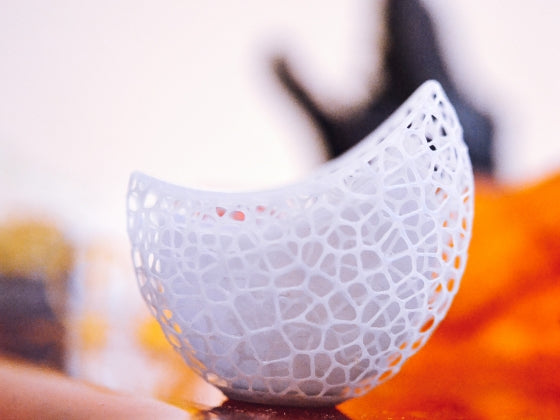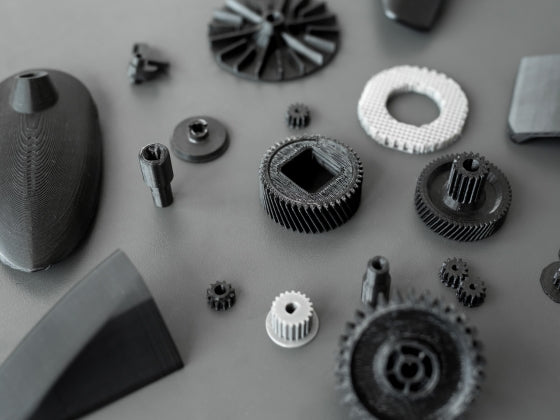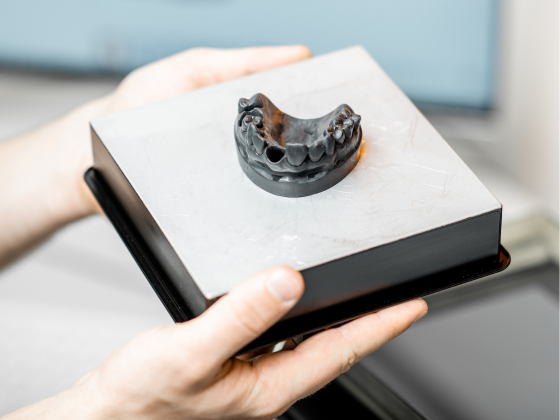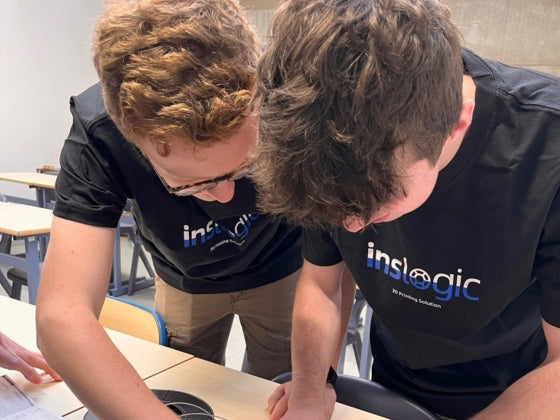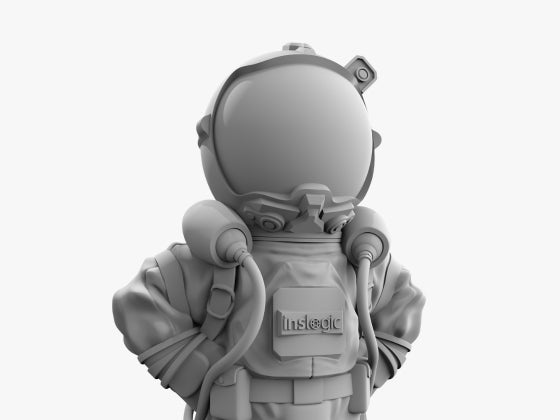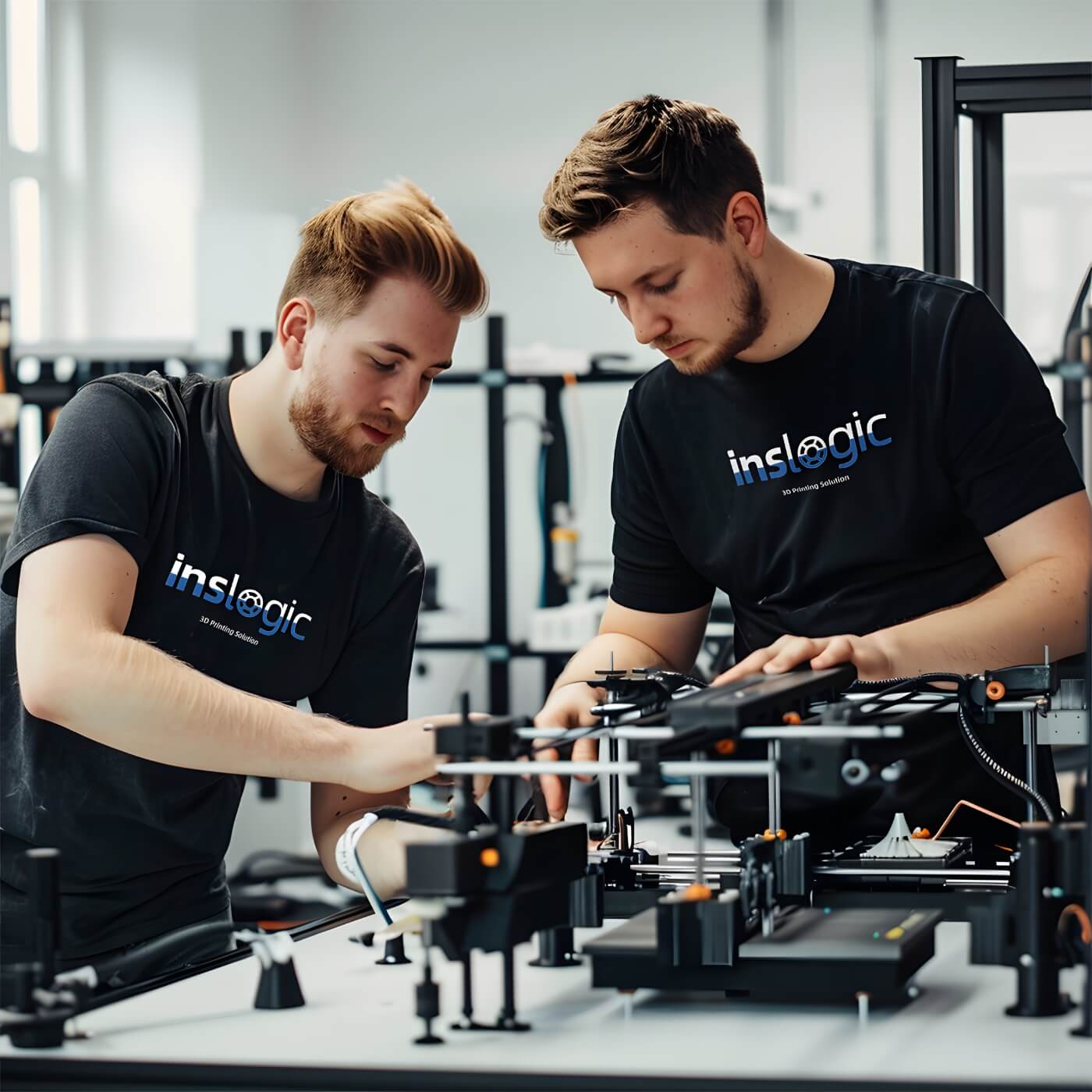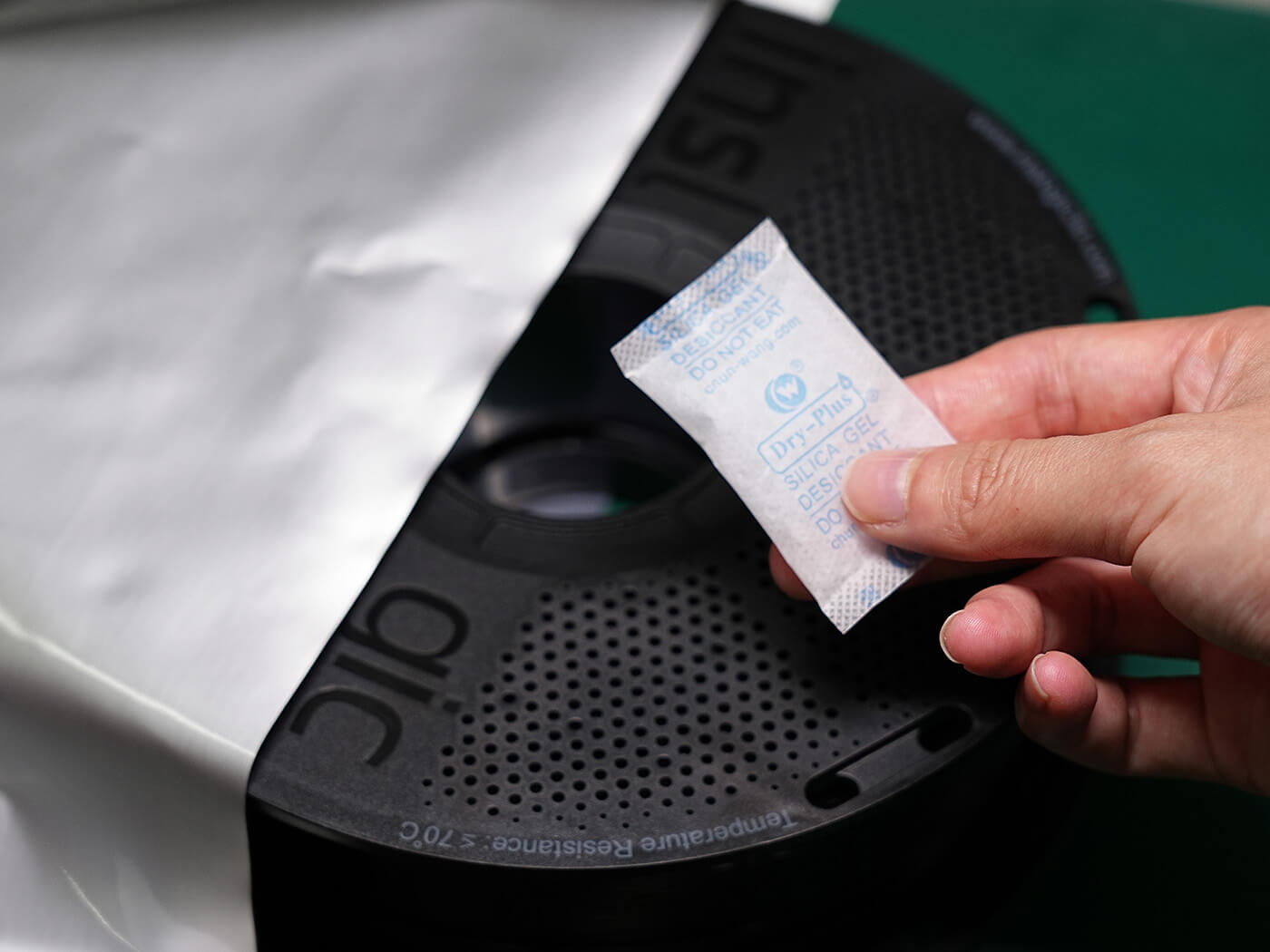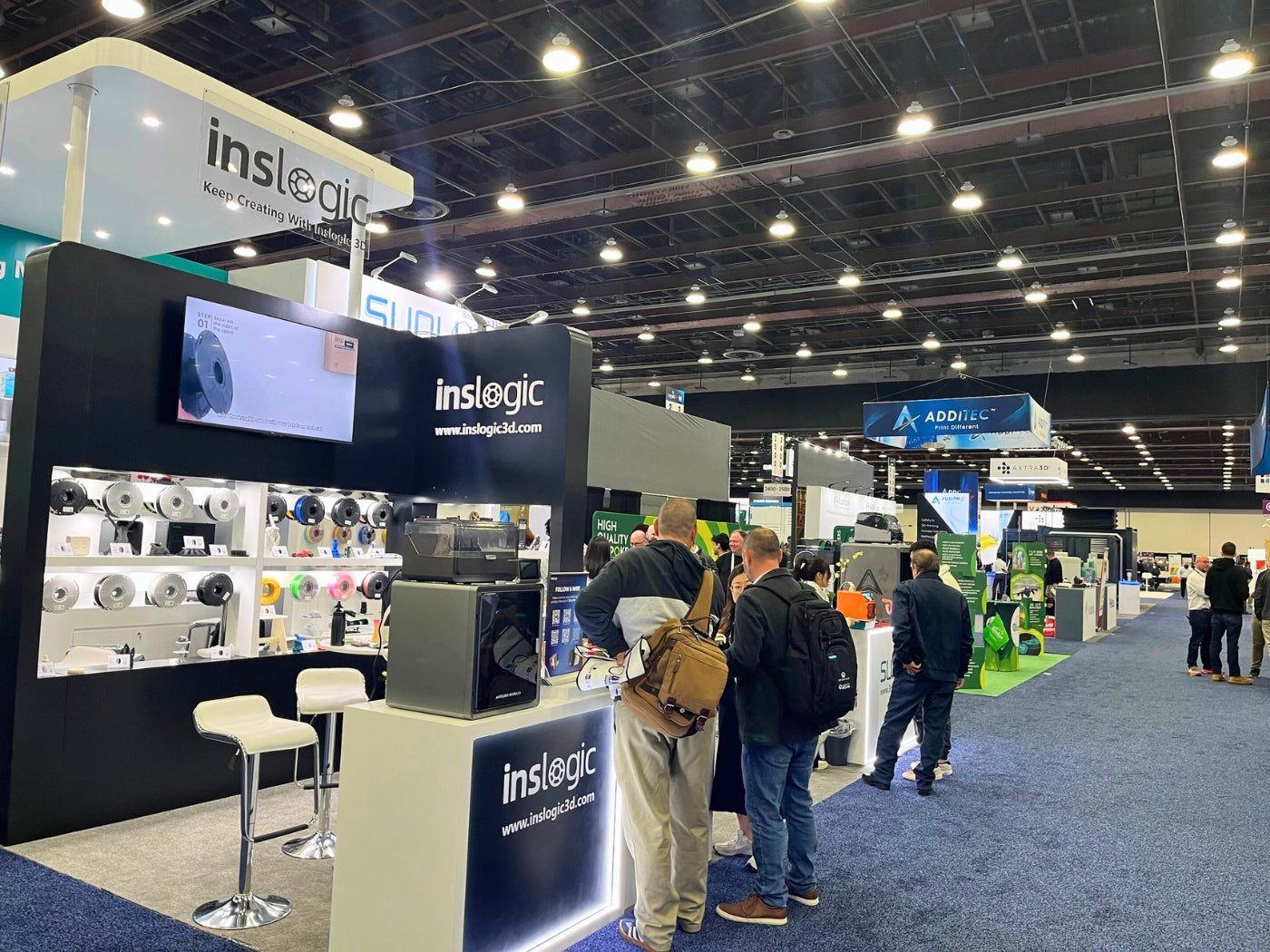The University of Western Brittany (Université de Bretagne Occidentale, UBO), in collaboration with the University Hospital of Brest (CHU de Brest), has launched a groundbreaking new educational initiative: a teaching unit (UE) titled “Anatomy and 3D Printing” as part of the Master of Biology and Health program. This marks a first in France for a faculty of medicine and represents a significant step forward in the integration of digital manufacturing into medical education.

This 22-hour course is designed to give students a comprehensive introduction to the intersection of anatomical science and additive manufacturing. The curriculum combines theoretical lectures - covering topics such as human anatomy, image segmentation, and 3D printing technologies - with practical tutorials to reinforce applied skills.
Inslogic is proud to collaborate with Dr. Samuel Guigo and the University Hospital Center (CHU) in Brest as part of this pioneering program. The course aims to equip students with the skills necessary to manage the entire digital workflow required to produce anatomical models - from medical image segmentation to the final 3D printed object.

To support hands-on learning, students have access to W.Print, the 3D printing platform at CHU de Brest, which houses a variety of advanced 3D printing technologies, including FDM, SLA, and PolyJet systems.
During this inaugural course, students focused on creating detailed anatomical models such as osteoarticular segments, including a 3D printed hip joint using FDM technology and pulmonary structures printed in PolyJet. They used Inslogic 3D printing filaments - WoodFill and Matte PLA - to produce high-quality, detailed, and functional anatomical replicas with precision.

This initiative not only enhances students' understanding of anatomy through tangible, interactive models but also prepares the next generation of healthcare professionals to embrace emerging digital tools in medical research, education, and patient care.
As the field of medical 3D printing continues to evolve, programs like this one demonstrate the power of collaboration between academia, healthcare, and industry in shaping the future of medicine.

